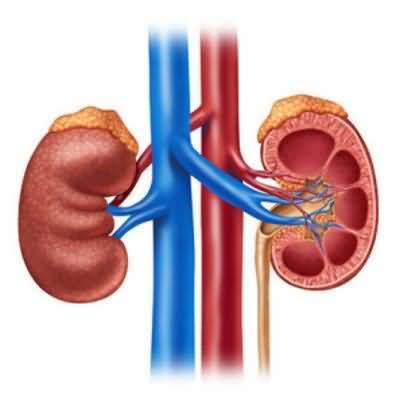Current Modalities for Treating Chronic Kidney Disease
Current Modalities for Treating Chronic Kidney Disease
During the course of treatment for CKD, a patient may switch a number of times among different modalities of renal replacement therapy.
At the end of 2008, the distribution of patients on treatment for CKD was in center hemodialysis 64%; home hemodialysis less than 1%; peritoneal dialysis 5%; and transplant 30%.
Treatments are most often scheduled three times weekly and last 3 to 4 hours.
New variants that increase total hours of treatment are receiving more use, such as short daily or long nocturnal dialysis sessions.
Access to the bloodstream is required.
The treatment is performed predominantly in free standing outpatient dialysis facilities.
Hemodialysis may also be performed at home after the patient and an assistant, typically a spouse, undergo several weeks of training.
Short daily home hemodialysis is done 5 or 6 days of the week for 1.5 to 3.5 hours each day.
Patients generally feel better overall than those on standard hemodialysis.
They need fewer medications to control blood pressure, anemia, and bone disease, and are able to eat a less restricted diet.
A trained helper or family member is required to be available to assist when necessary.


















